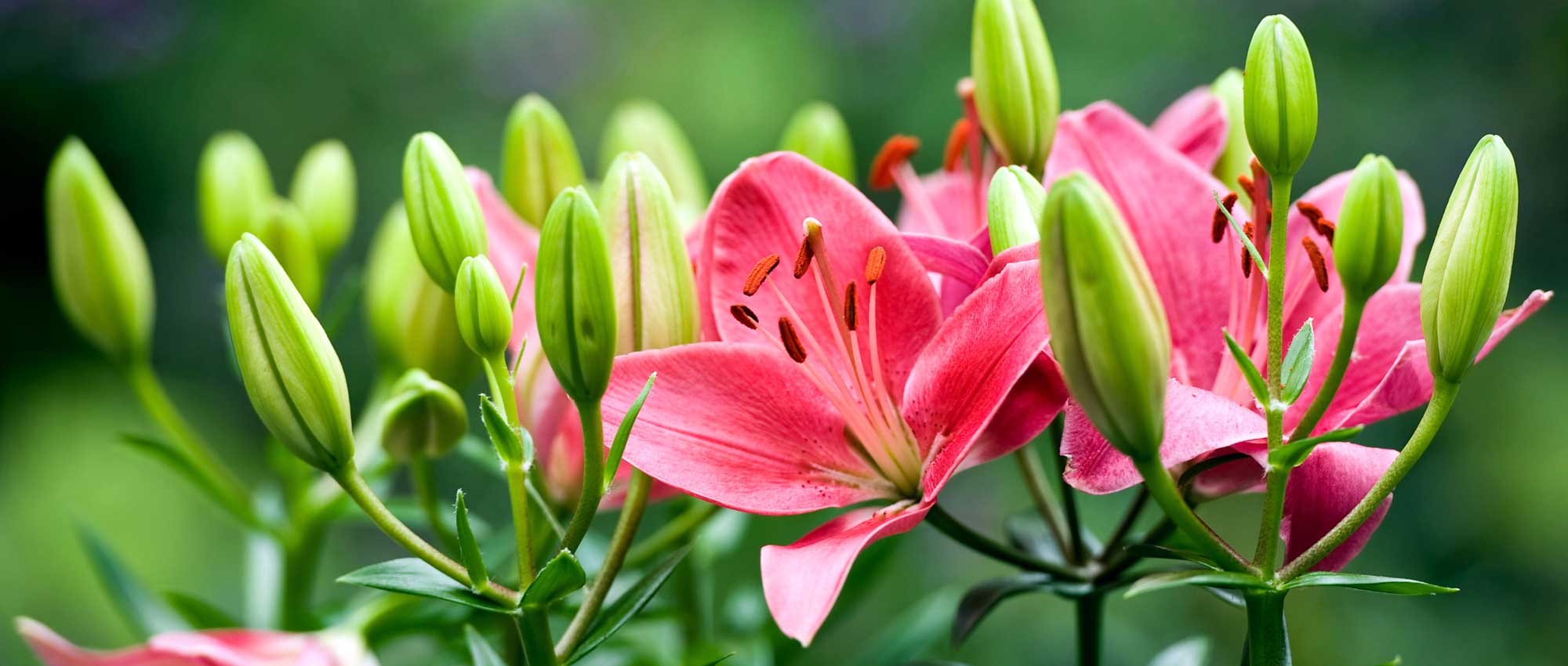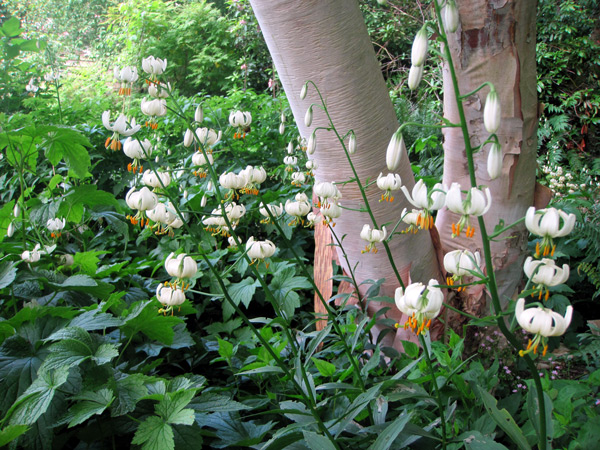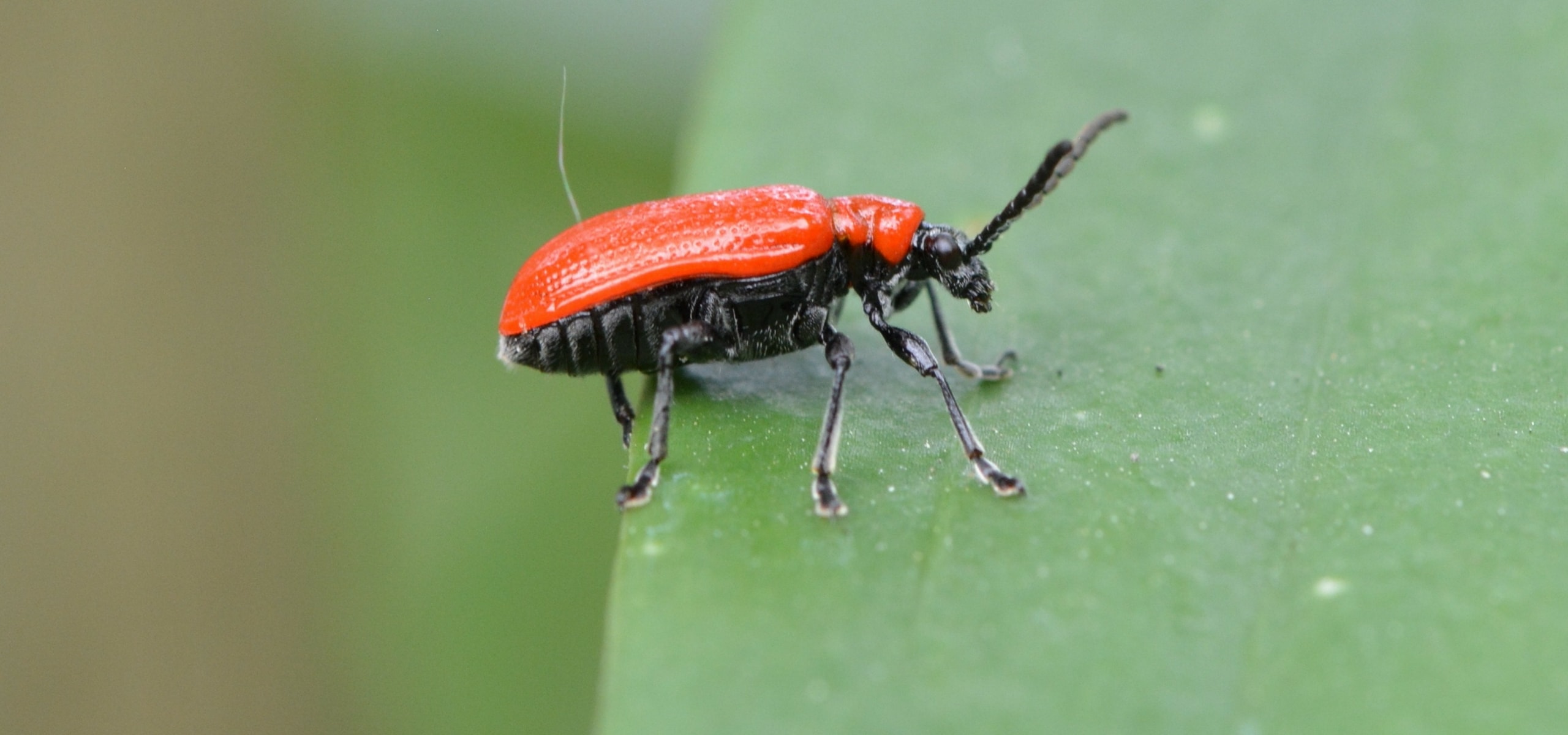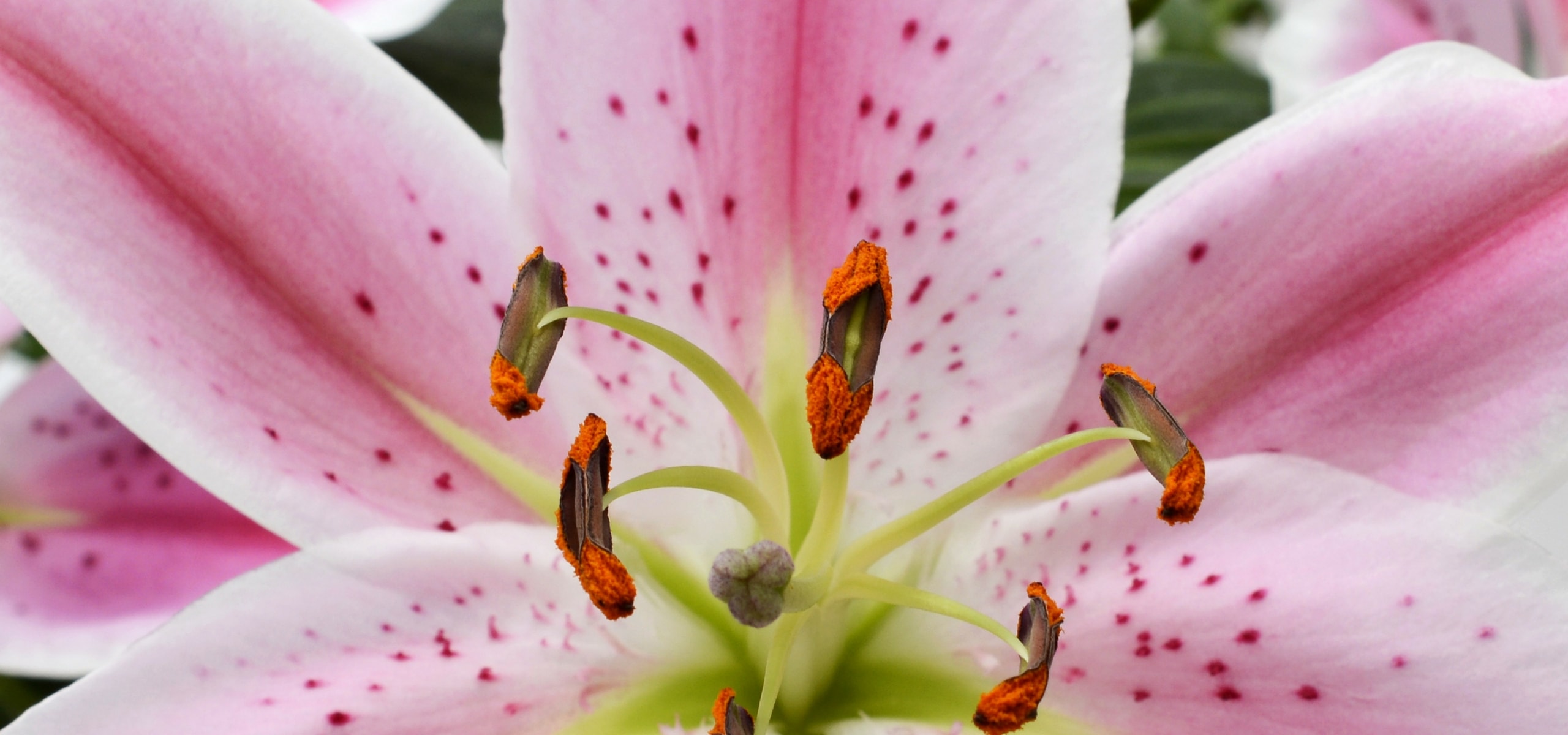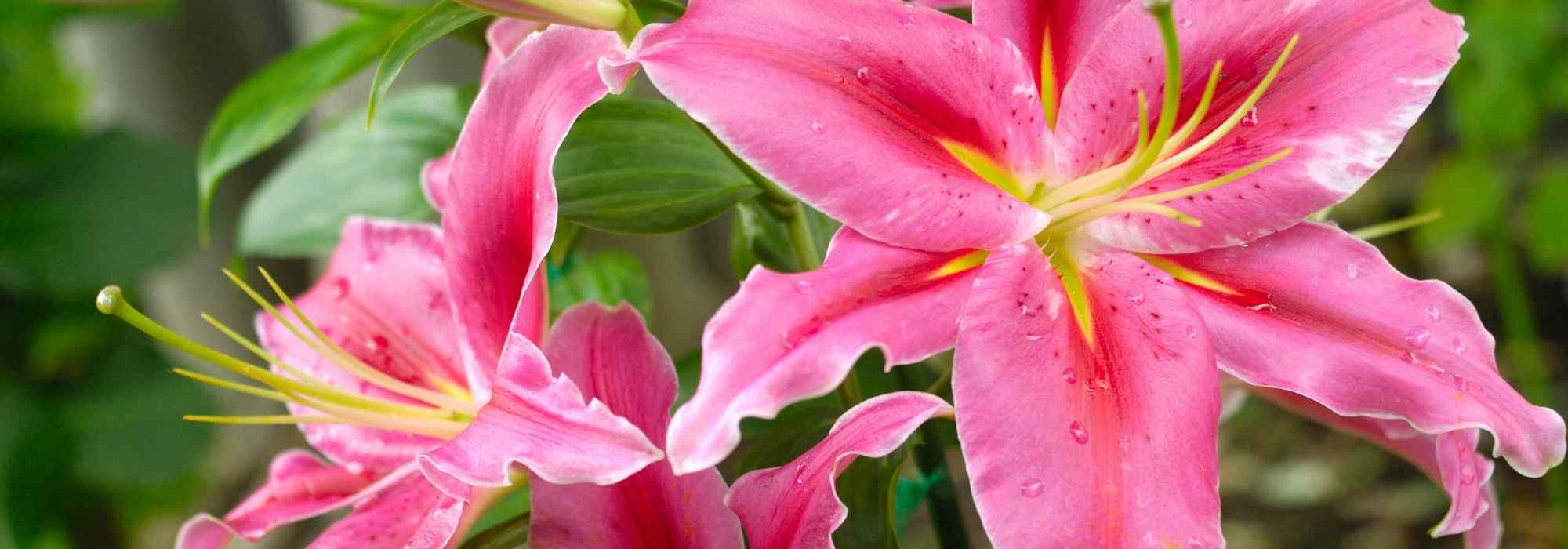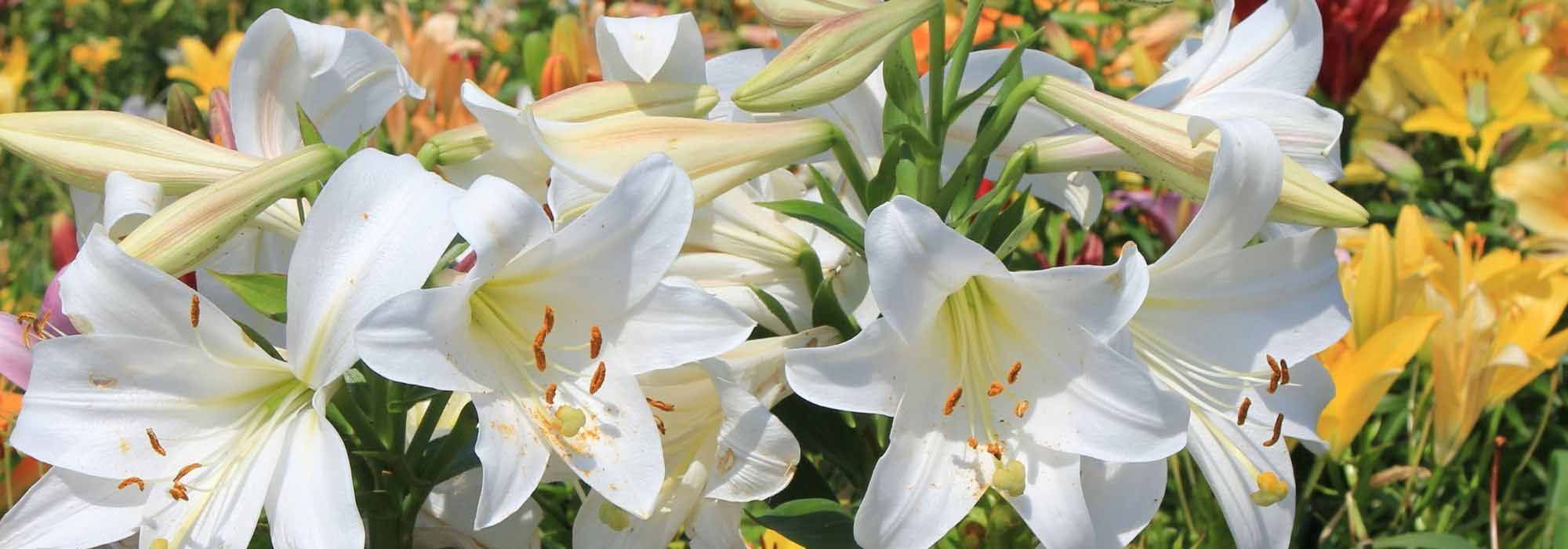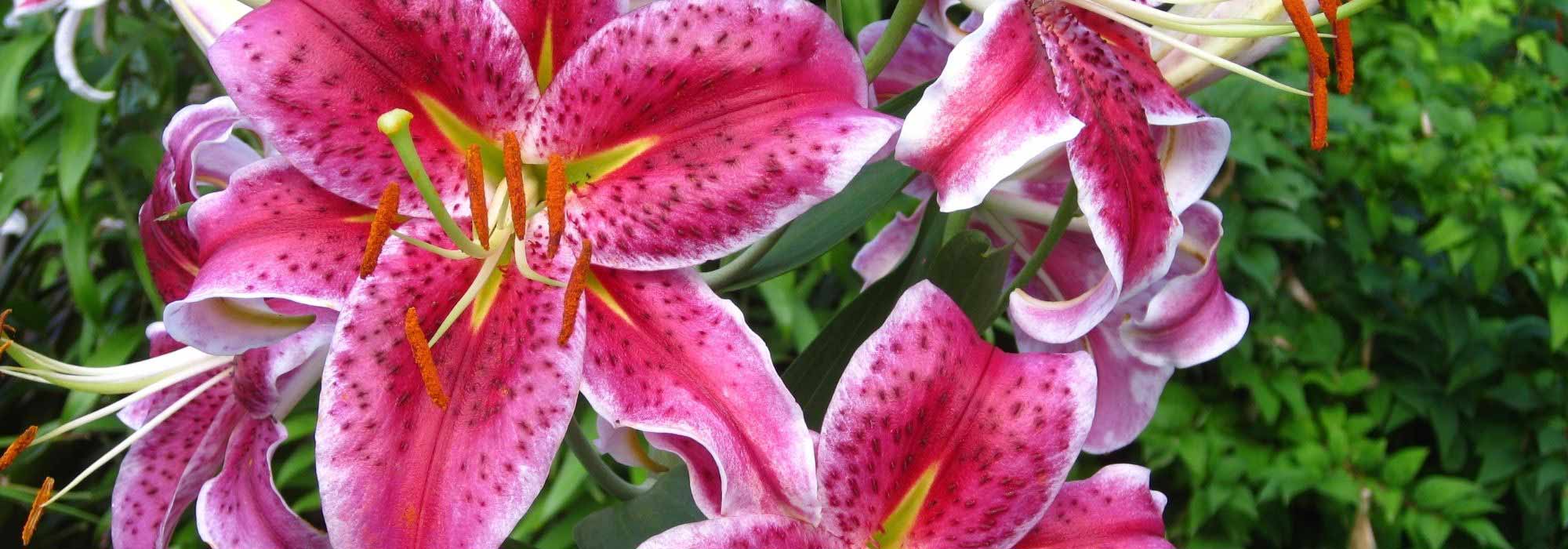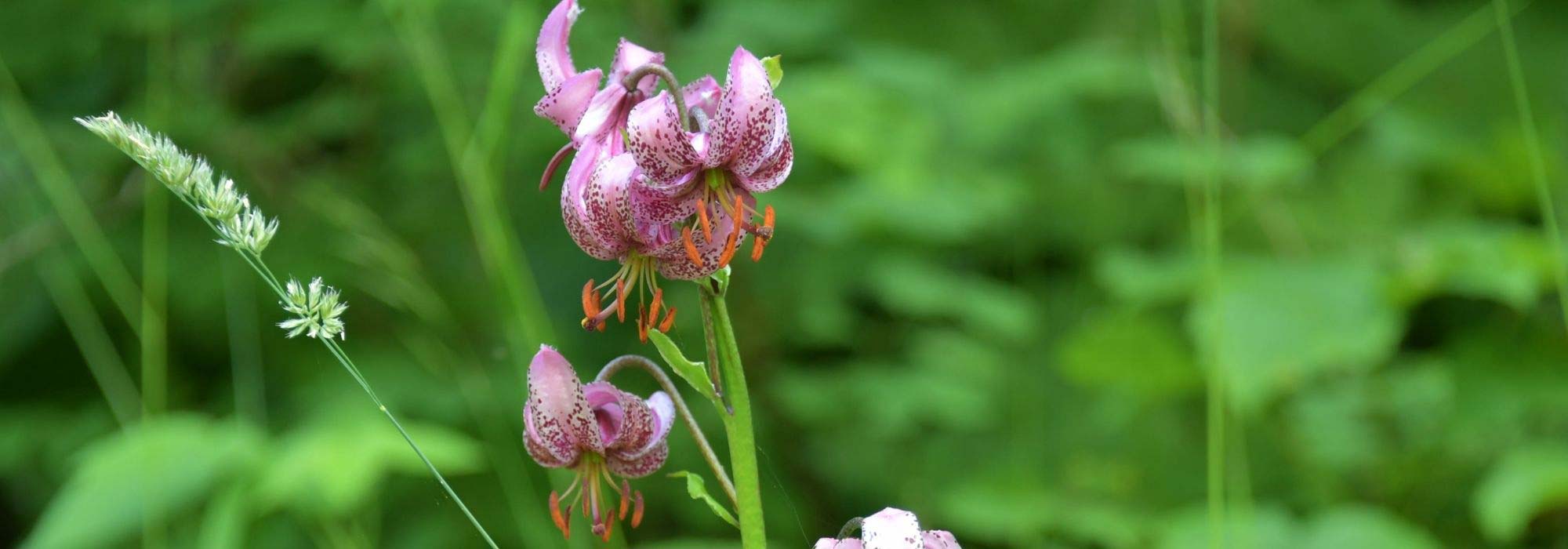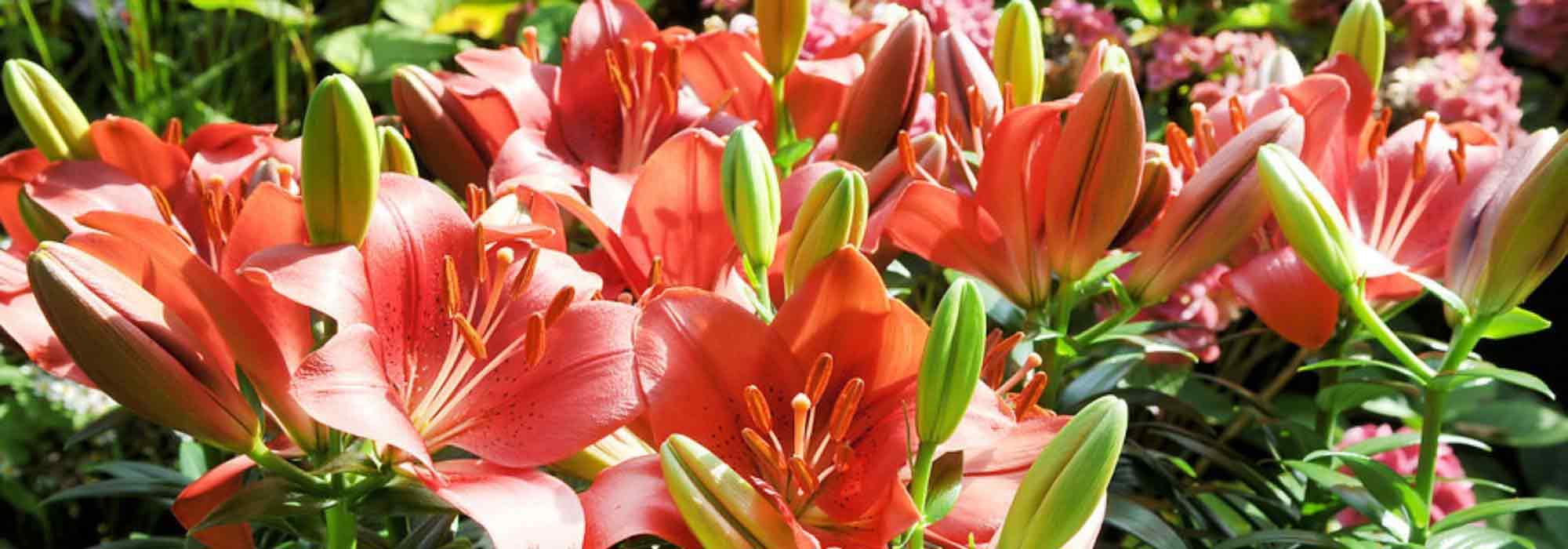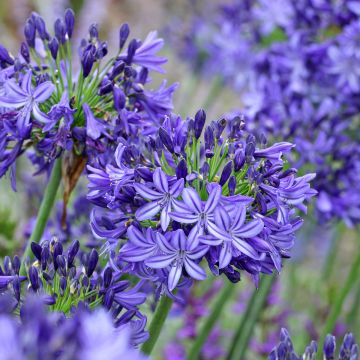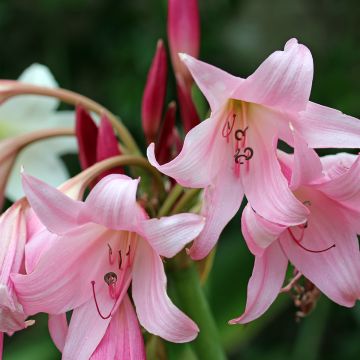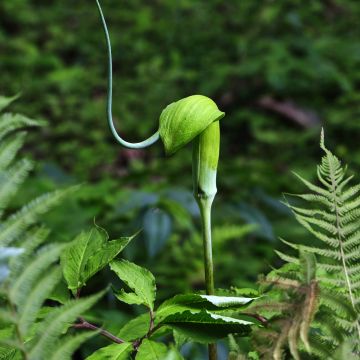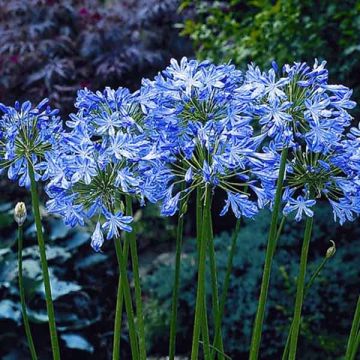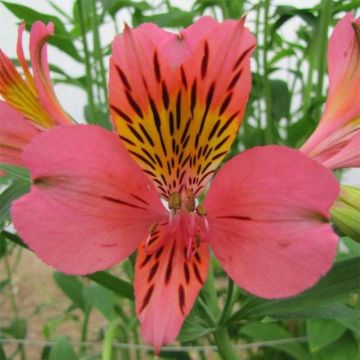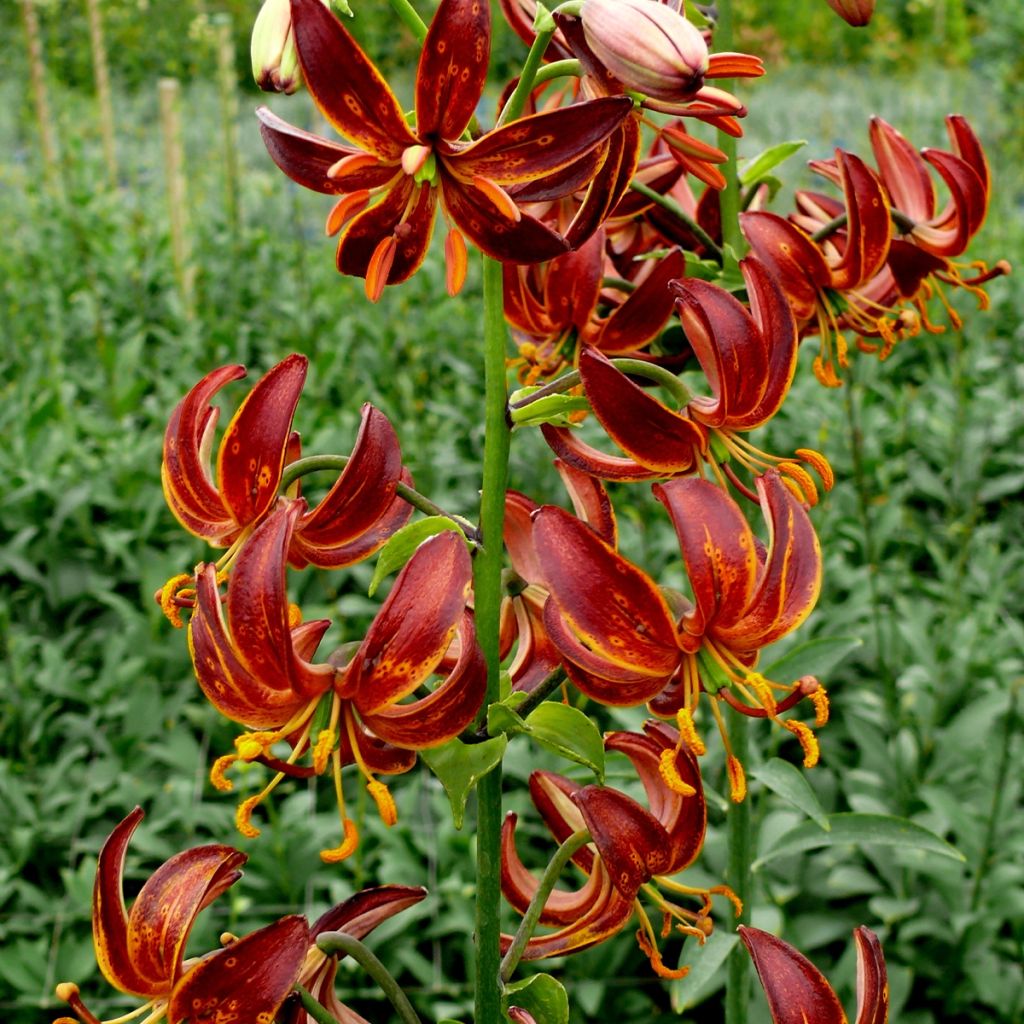

Lis martagon Arabian Night
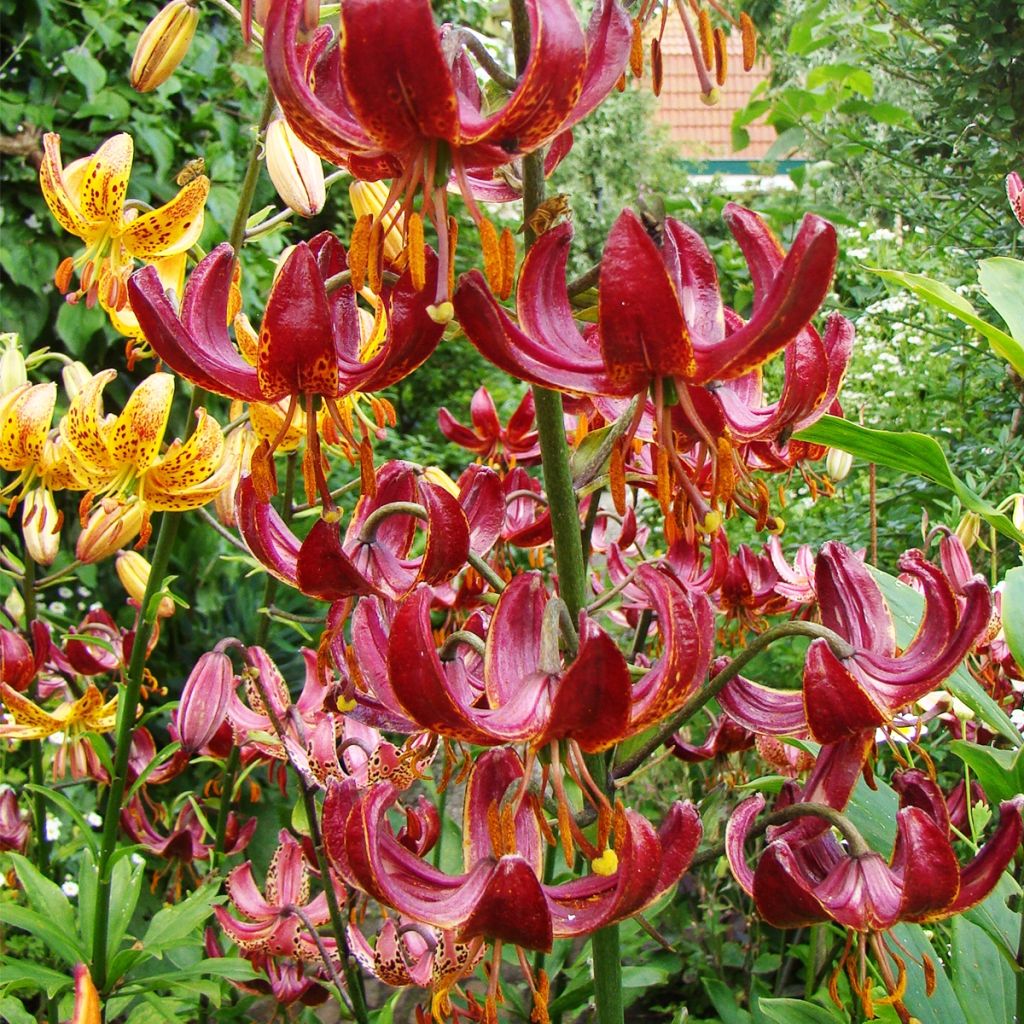

Lis martagon Arabian Night
View more pictures
Hide images
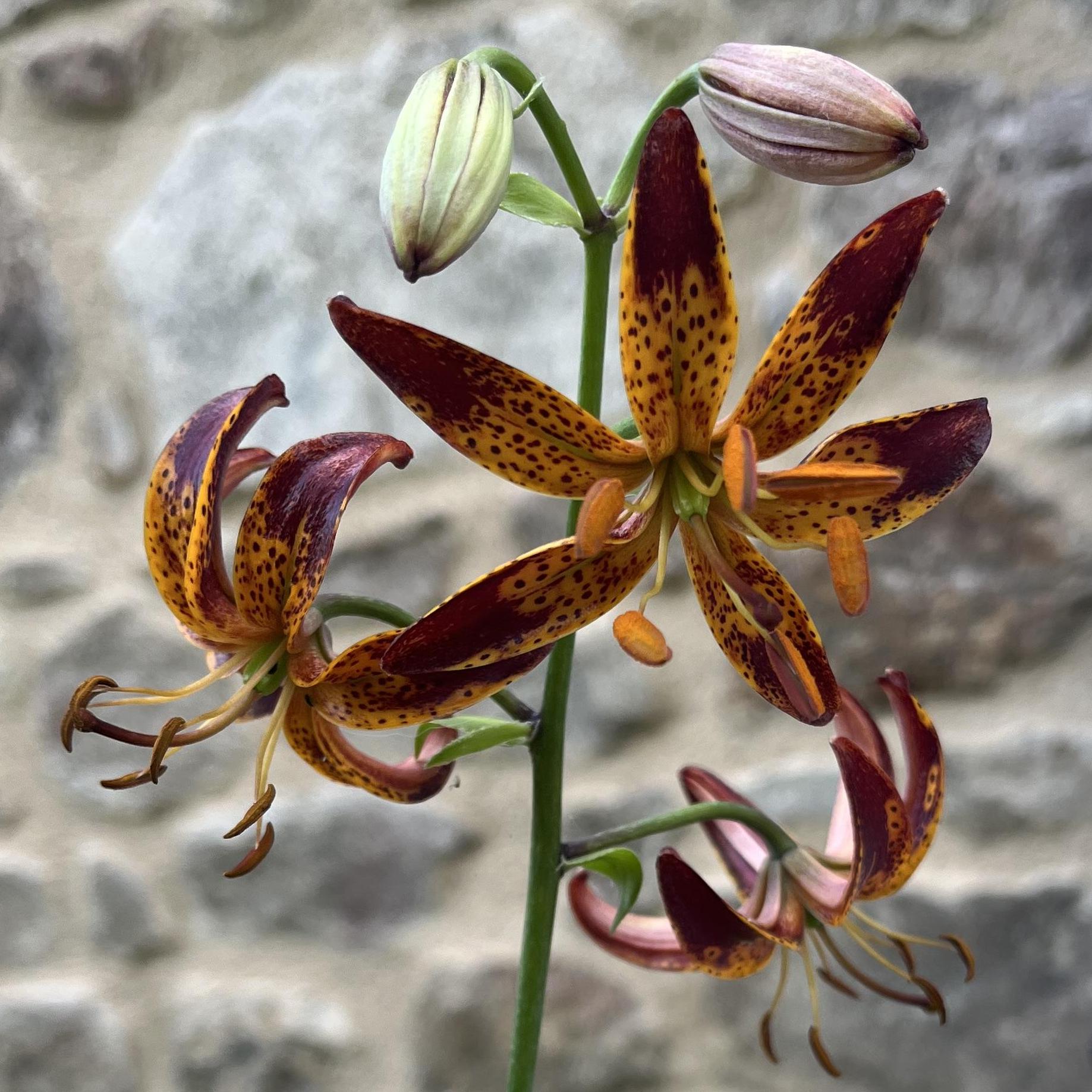
Clara M.

A charming surprise of a first flowering after a very delayed planting, nonetheless.
Clara M. • 07 FR
Lilium martagon Arabian Night - Martagon Lily
Lilium x martagon Arabian Night
Martagon Lily, Turk's Cap Lily
Unfortunately, I confirm that my martagon lilies did not come up at all. You had asked me to wait a little longer before confirming this to you. I confirm it now. I would be happy to receive them again.
Pascale, 30/12/2024
Special offer!
Receive a €20 voucher for any order over €90 (excluding delivery costs, credit notes, and plastic-free options)!
1- Add your favorite plants to your cart.
2- Once you have reached €90, confirm your order (you can even choose the delivery date!).
3- As soon as your order is shipped, you will receive an email containing your voucher code, valid for 3 months (90 days).
Your voucher is unique and can only be used once, for any order with a minimum value of €20, excluding delivery costs.
Can be combined with other current offers, non-divisible and non-refundable.
Home or relay delivery (depending on size and destination)
Schedule delivery date,
and select date in basket
This plant carries a 6 months recovery warranty
More information
We guarantee the quality of our plants for a full growing cycle, and will replace at our expense any plant that fails to recover under normal climatic and planting conditions.
Would this plant suit my garden?
Set up your Plantfit profile →
Description
The 'Arabian Night' Martagon Lily hybrid is a fascinating and fragrant variety. Each bulb forms a spectacular flower stem, which can bear up to 50 small flowers with curled, gold and mahogany petals. It is a reasonable size so it can be grown in the garden or a pot, where you can get a closer look at its amazing flowers. Although it takes a little time to establish, it will faithfully bloom every year thereafter.
Lilium martagon 'Arabian Night' belongs to the Lily family. It is a deciduous bulbous plant forming a narrow and vertical clump from spring onwards. This variety will reach between 80 cm (32in) and 1 m (3ft) high when in bloom. Its growth will spread without a theoretical limit over time, as the bulbs produce bulbils through vegetative multiplication. Its generous and fragrant flowering takes place in June-July. Each flower stem carries numerous 5 cm (2in) diameter flowers, in clusters of 3 to 8, which hang down towards the ground. Their thick and slightly glossy-textured petals curl up when ripe. The base colour is a golden yellow to orange, heavily marked and speckled with mahogany red which pairs perfectly with the prominent orange stamens. The flowers' scent attracts a large number of pollinating insects. The leaves of this lily are dark green and lanceolate in shape. This hybrid is a very long-lived plant that will naturalise over time. The vegetation completely dries out in winter.
You can combine this Arabian Night Lily with perennial plants in your garden, as lilies appreciate having shade at their base. You can also grow it in a pot to bring it closer to your terrace or window borders, so you can fully enjoy the exceptional flowers. The warm colours of this Martagon Lily harmonise well with whites and the entire range of yellow to red or purple tones. To play with colour contrast, you could pair it with the blue flowers of sages or catnips.
Plant habit
Flowering
Foliage
Botanical data
Lilium
x martagon
Arabian Night
Liliaceae
Martagon Lily, Turk's Cap Lily
Cultivar or hybrid
Planting and care
The 'Arabian Night' hybrid Martagon lily establishes a little more slowly than Asian, trumpet or Oriental lilies. It may take an additional season before flowering and the planting conditions must be carefully considered. "Martagon" lilies sulk when moved and need time to settle. It must have perfect drainage, rocky soil is very suitable, so that the bulbs are not in overly wet substrate during their dormancy period after flowering. It is strongly advised not to use standard compost for the Martagon lily or its hybrids, but a mature compost or leaf soil addition in autumn is desirable.
This lily appreciates slightly humiferous and moist soils, limestone is not a problem if it has rich soil. Plant it in partial shade or non-scorching sun, preferably in October or spring, burying the bulbs 15 cm (6in) deep in a pocket of soil mixed with leaf soil. You can surround them with a pocket of sand to prevent rot and attacks from slugs. Mark the location of the planting, as vegetation only starts in April. Staking is not necessary. If red lily beetles appear, treat them immediately as their larvae can devour all the leaves. The most effective method is to catch them manually but be careful as they drop as soon as they are touched.
After flowering, it is a good idea to cut the faded flower stalks halfway to keep the bed beautiful during the summer. Your lilies will be available from early October. Lilies are very suitable for pot cultivation. Plant 1 to 5 bulbs in a deep pot. Water a little and place your pots frost-free. Take them out in spring and enjoy them on your terrace!
Planting period
Intended location
Care
Planting & care advice
-
, onOrder confirmed
Reply from on Promesse de fleurs
Similar products
Haven't found what you were looking for?
Hardiness is the lowest winter temperature a plant can endure without suffering serious damage or even dying. However, hardiness is affected by location (a sheltered area, such as a patio), protection (winter cover) and soil type (hardiness is improved by well-drained soil).

Photo Sharing Terms & Conditions
In order to encourage gardeners to interact and share their experiences, Promesse de fleurs offers various media enabling content to be uploaded onto its Site - in particular via the ‘Photo sharing’ module.
The User agrees to refrain from:
- Posting any content that is illegal, prejudicial, insulting, racist, inciteful to hatred, revisionist, contrary to public decency, that infringes on privacy or on the privacy rights of third parties, in particular the publicity rights of persons and goods, intellectual property rights, or the right to privacy.
- Submitting content on behalf of a third party;
- Impersonate the identity of a third party and/or publish any personal information about a third party;
In general, the User undertakes to refrain from any unethical behaviour.
All Content (in particular text, comments, files, images, photos, videos, creative works, etc.), which may be subject to property or intellectual property rights, image or other private rights, shall remain the property of the User, subject to the limited rights granted by the terms of the licence granted by Promesse de fleurs as stated below. Users are at liberty to publish or not to publish such Content on the Site, notably via the ‘Photo Sharing’ facility, and accept that this Content shall be made public and freely accessible, notably on the Internet.
Users further acknowledge, undertake to have ,and guarantee that they hold all necessary rights and permissions to publish such material on the Site, in particular with regard to the legislation in force pertaining to any privacy, property, intellectual property, image, or contractual rights, or rights of any other nature. By publishing such Content on the Site, Users acknowledge accepting full liability as publishers of the Content within the meaning of the law, and grant Promesse de fleurs, free of charge, an inclusive, worldwide licence for the said Content for the entire duration of its publication, including all reproduction, representation, up/downloading, displaying, performing, transmission, and storage rights.
Users also grant permission for their name to be linked to the Content and accept that this link may not always be made available.
By engaging in posting material, Users consent to their Content becoming automatically accessible on the Internet, in particular on other sites and/or blogs and/or web pages of the Promesse de fleurs site, including in particular social pages and the Promesse de fleurs catalogue.
Users may secure the removal of entrusted content free of charge by issuing a simple request via our contact form.
The flowering period indicated on our website applies to countries and regions located in USDA zone 8 (France, the United Kingdom, Ireland, the Netherlands, etc.)
It will vary according to where you live:
- In zones 9 to 10 (Italy, Spain, Greece, etc.), flowering will occur about 2 to 4 weeks earlier.
- In zones 6 to 7 (Germany, Poland, Slovenia, and lower mountainous regions), flowering will be delayed by 2 to 3 weeks.
- In zone 5 (Central Europe, Scandinavia), blooming will be delayed by 3 to 5 weeks.
In temperate climates, pruning of spring-flowering shrubs (forsythia, spireas, etc.) should be done just after flowering.
Pruning of summer-flowering shrubs (Indian Lilac, Perovskia, etc.) can be done in winter or spring.
In cold regions as well as with frost-sensitive plants, avoid pruning too early when severe frosts may still occur.
The planting period indicated on our website applies to countries and regions located in USDA zone 8 (France, United Kingdom, Ireland, Netherlands).
It will vary according to where you live:
- In Mediterranean zones (Marseille, Madrid, Milan, etc.), autumn and winter are the best planting periods.
- In continental zones (Strasbourg, Munich, Vienna, etc.), delay planting by 2 to 3 weeks in spring and bring it forward by 2 to 4 weeks in autumn.
- In mountainous regions (the Alps, Pyrenees, Carpathians, etc.), it is best to plant in late spring (May-June) or late summer (August-September).
The harvesting period indicated on our website applies to countries and regions in USDA zone 8 (France, England, Ireland, the Netherlands).
In colder areas (Scandinavia, Poland, Austria...) fruit and vegetable harvests are likely to be delayed by 3-4 weeks.
In warmer areas (Italy, Spain, Greece, etc.), harvesting will probably take place earlier, depending on weather conditions.
The sowing periods indicated on our website apply to countries and regions within USDA Zone 8 (France, UK, Ireland, Netherlands).
In colder areas (Scandinavia, Poland, Austria...), delay any outdoor sowing by 3-4 weeks, or sow under glass.
In warmer climes (Italy, Spain, Greece, etc.), bring outdoor sowing forward by a few weeks.






























